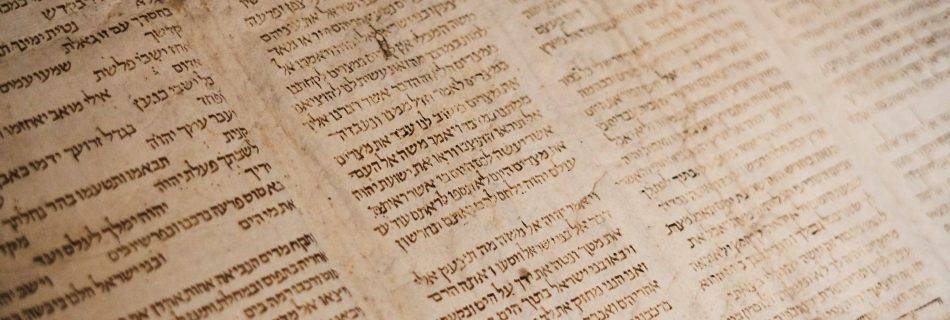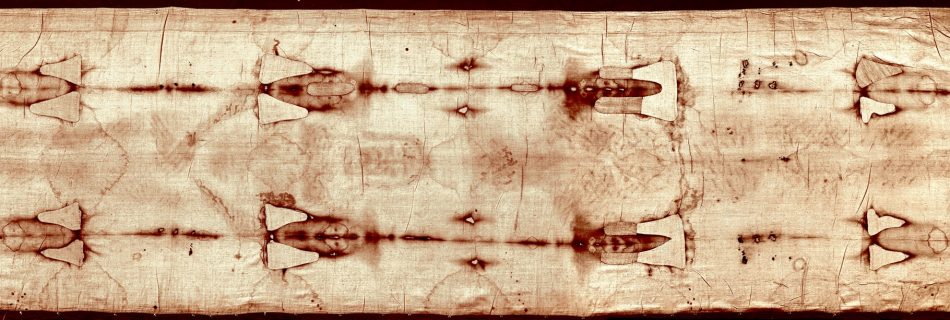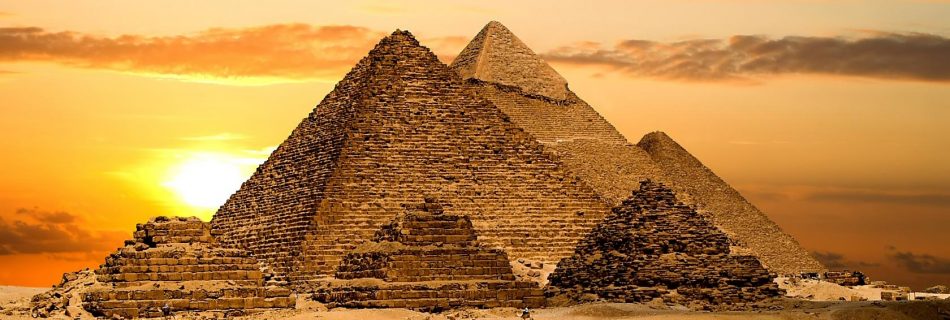Does Bible need to be perfect?
Diogenes wrote: ↑Thu Sep 23, 2021 9:48 pm This question poses a dilemma for the “Bible based” Christian. If one believes the Bible is the “Word of God” or at least is inspired by God, does it not have to be perfect? No, it does not need to be “perfect”. For one thing, what does …


